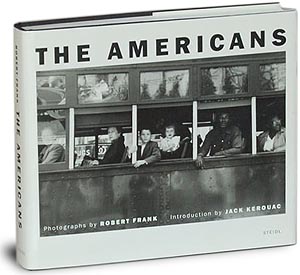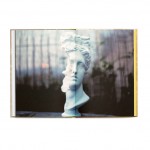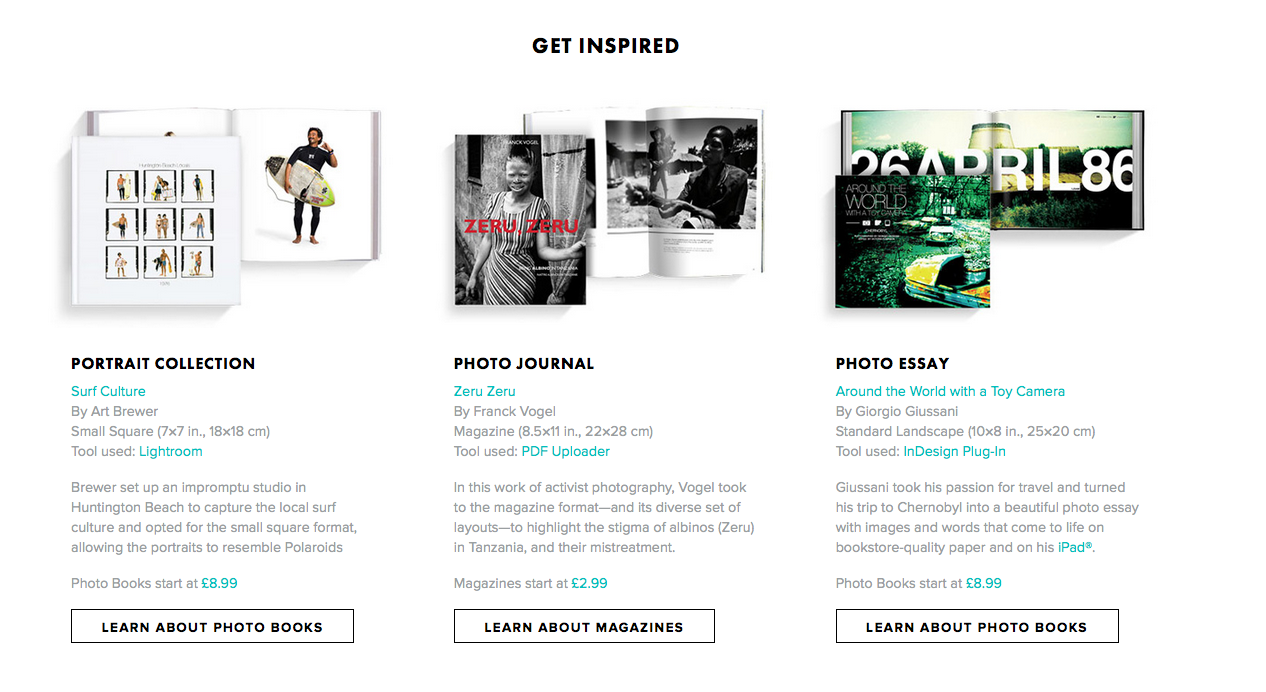Week 17 – 18 & 19: 15th Jan – 2 Feb
WE ONLY HAVE 3 WEEKS LEFT TO COMPLETE YOUR PERSONAL STUDY ESSAY
Have a look a the Personal Study Planner 2018 for an overview of what you need to complete this term.
DEADLINE: Hand in draft version of your essay Wed 31 Jan!
You must have your essay completed and proof-read for your MOCK EXAM to include in your photo-book design.
Mon 5 Feb Class 13A
Tue 6 Feb Class 13E
Wed 7 Feb Class 13D
Objective: Criteria from the Syllabus
- Be aware of some of the methods employed by critics and historians within the history of art and photography.
- Demonstrate a sound understanding of your chosen area of study with appropriate use of critical vocabulary. – use for image analysis
- Investigate a wide range of work and sources
- Develop a personal and critical inquiry.
Quotation and Harvard System of Referencing
- Use quotes to support or disprove your argument
- Use quotes to show evidence of reading
- Take notes when you’re reading…key words, concepts, sentences that can be used as quotes etc.
- Write down page number, author, year, title, publisher, place of publication so you can list source in a bibliography
- Use Harvard System of Referencing…see Powerpoint: harvard system of referencing for further details on how to use it.
ESSAY STRUCTURE
See below for a possible essay structure. Further help can be found here essay structure or see link here The Royal Literay Fund
Essay title: Hypothesis
Opening quote: Choose a quote from either one of your photographers or critics. It has to be something that relates to your investigation
Introduction (250-500 words).
Think about an opening that will draw your reader in e.g. you can use an opening quote that sets the scene. You should include in your introduction an outline of your intention of your study e.g. what and who are you going to investigate. How does this area/ work interest you? What are you trying to prove/challenge, argument/ counter-argument? What historical or theoretical context is the work situated within. Include 1 or 2 quotes for or against. What links are there with your previous studies? What have you explored so far in your Coursework or what are you going to photograph? How did or will your work develop. What camera skills, techniques or digital processes in Photoshop have or are you going to experiment with?
Paragraph 1 Structure (500 words) : Use subheading. This paragraph covers the first thing you said in your introduction that you would address. The first sentence introduces the main idea of the paragraph. Other sentences develop the subject of the paragraph.
Content: you could look at the following…exemplify your hypothesis within a historical and theoretical context. Write about how your area of study and own work is linked to a specific art movement/ ism. Research and read key text and articles from critics, historians and artists associated with the movement/ism. Use quotes from sources to make a point, back it up with evidence or an example (a photograph), explain how the image supports the point made or how your interpretation of the work may disapprove. How does the photograph compare or contrast with others made by the same photographer, or to other images made in the same period or of the same genre by other artists. How does the photograph relate to visual representation in general, and in particularly to the history and theory of photography, arts and culture.
Include relevant examples, illustrations, details, quotations, and references showing evidence of reading, knowledge and understanding of history, theory and context!
See link to powerpoints Pictorialism vs Realism and Modernism vs Postmodernismhere M:\Departments\Photography\Students\Resources\Personal Study
Paragraph 2 Structure (500 words) : Use subheading. In the first sentence or opening sentences, link the paragraph to the previous paragraph, then introduce the main idea of the new paragraph. Other sentences develop the paragraphs subject (use relevant examples, quotations, visuals to illustrate your analysis, thoughts etc)
Content: you could look at the following...Introduce your first photographer. Select key images, ideas or concepts and analyse in-depth using specific model of analysis (describe, interpret and evaluate) – refer to your hypothesis. Contextualise…what was going on in the world at the time; artistically, politically, socially, culturally. Other influences…artists, teachers, mentors etc. Personal situations or circumstances…describe key events in the artist’s life that may have influenced the work. Include examples of your own photographs, experiments or early responses and analyse, relate and link to the above. Set the scene for next paragraph.
Include relevant examples, illustrations, details, quotations, and references showing evidence of reading, knowledge and understanding of history, theory and context!
Paragraph 3 Structure (500 words) : Use subheading. In the first sentence or opening sentences, link the paragraph to the previous paragraph, then introduce the main idea of the new paragraph. Other sentences develop the paragraphs subject (use relevant examples, quotations, visuals to illustrate your analysis, thoughts etc)
Content: you could look at the following…Introduce key works, ideas or concepts from your second photographer and analyse in-depth – refer to your hypothesis…Use questions in Pg 2 or add…What information has been selected by the photographer and what do you find interesting in the photograph? What do we know about the photograph’s subject? Does the photograph have an emotional or physical impact? What did the photographer intend? How has the image been used? What are the links or connections to the other photographer in Pg 2? Include examples of your own photographs and experiments as your work develop in response to the above and analyse, compare, contrast etc. Set the scene for next paragraph.
Include relevant examples, illustrations, details, quotations, and references showing evidence of reading, knowledge and understanding of history, theory and context!
If needed…Paragraph 4 Structure (500 words): Use subheading. In the first sentence or opening sentences, link the paragraph to the previous paragraph, then introduce the main idea of the new paragraph. Other sentences develop the paragraphs subject (use relevant examples, quotations, visuals to illustrate your analysis, thoughts etc)
Content: you could look at the following…Introduce key works, ideas or concepts from your third photographer and analyse in-depth – refer to your hypothesis…Use questions in pg 2 and pg 3 or add…How does the photograph compare or contrast with others made by the same photographer, or to other images made in the same period or of the same genre by other artists. How does the photograph relate to visual representation in general, and in particularly to the history and theory of photography, arts and culture. What are the links or connections to the photographers in pg 2 and 3? What are the similarities, differences or links and connections? How does this work compare to yours? Include examples of your own photographs and experiments as your work develop in response to the above and analyse, compare, contrast etc. If more paragraphs are required, set the scene for the next paragraph.
Include relevant examples, illustrations, details, quotations, and references showing evidence of reading, knowledge and understanding of history, theory and context!
Conclusion (500 words) : Write a conclusion of your essay that also includes an evaluation of your final photographic responses and experiments.
List the key points from your investigation and analysis of the photographer(s) work – refer to your hypothesis. Can you prove or Disprove your theory – include final quote(s). Has anything been left unanswered? Do not make it a tribute! Do not introduce new material! Summarise what you have learned. How have you been influenced? Show how you have selected your final outcomes including an evaluation and how your work changed and developed alongside your investigation.
Bibliography: List all the sources that you used and only those that you have cited in your text. Where there are two or more works by one author in the same year distinguish them as 1988a, 1988b etc. Arrange literature in alphabetical order by author, or where no author is named, by the name of the museum or other organisation which produced the text. Apart from listing literature you must also list all other sources in alphabetical order e.g. websites, exhibitions, TV/ Videos / DVD/ Music etc.
DON’T FORGET TO MAKE PHOTOGRAPHS & EXPLORE YOUR IDEAS!!
- Produce a photographic response to your investigation in Personal Study. You must plan and produce at least another 2-3 photo-shoots in the next 2 weeks to make sure you have enough images to edit from. For example, responding to photographers subject-matter, style, form, aesthetics, specific skills, techniques, methods.
- Continue to review your responses and shoots and experiment with your pictures appropriate to your intentions Lightroom/Photoshop e.g. cropping, change colour balance/ b/w, brightness/ contrast, blurring/ movement, blending/ montage techniques.
- Select your best experiments and pictures and include in your Personal Study for analysis and comparisons.
We will begin work on editing and designing a photobook last week of January (week 19). If you don’t have any content i.e. text and images you can’t make a photo book!











